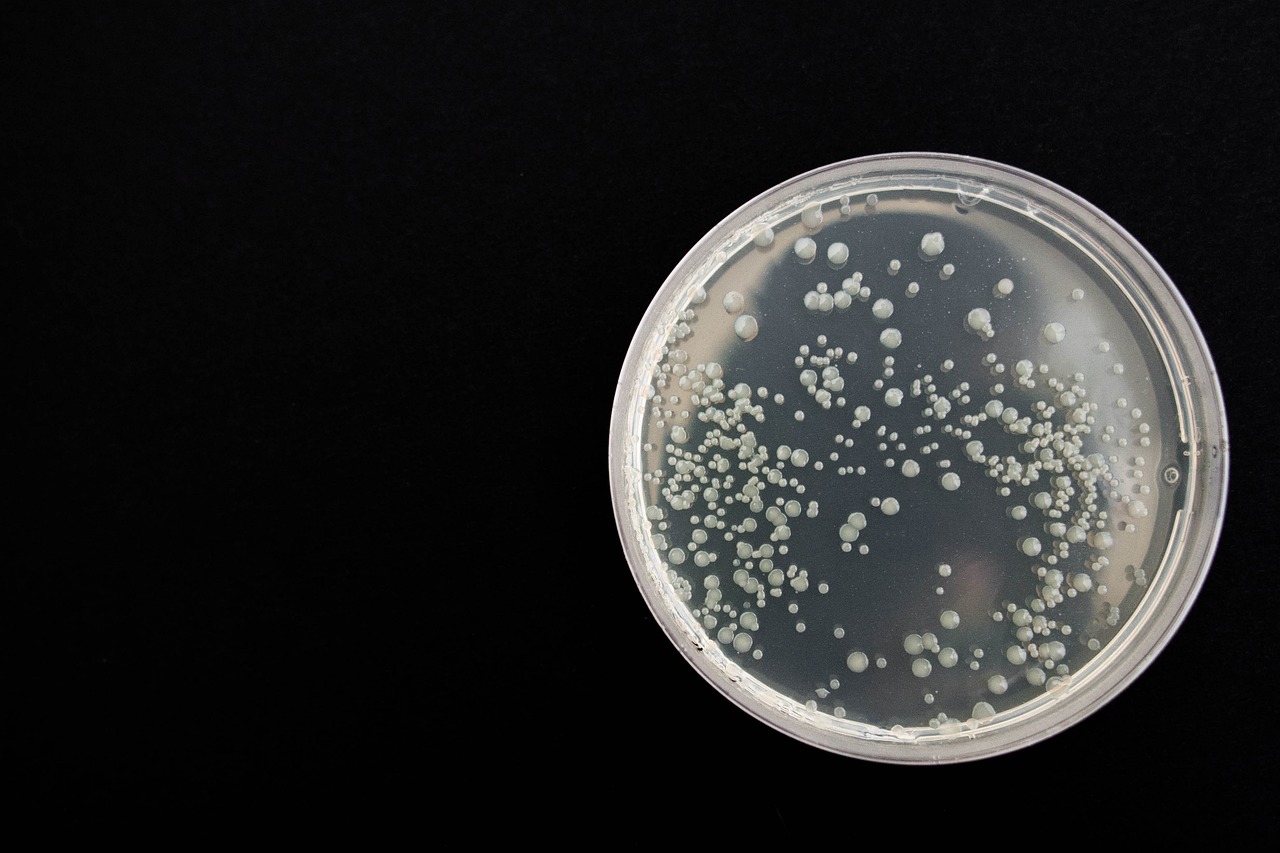Symptoms of candida infection can go unnoticed if not aware of them. The infection manifests in various ways depending on the affected area of the body. A person may have one or all of these, depending of the severity of the overgrowth.
My pregnancy has brought out the symptoms of genital yeast infection, hooray! I also suspect that I might have overgrowth in intestinal tract as well since I am feeling quite itchy over all of my body. I will be getting some tests done soon to confirm if I am fighting with Candida or not. So, which symptoms are you lucky to have? Don’t tell me you are just reading on this topic to pass some time, I will not buy that! Anyways, lets get to the point.
Oral Thrush
White, creamy patches on the tongue, inner cheeks, or roof of the mouth. These patches may be painful and may bleed if scraped.
Genital Yeast Infection
Itching, redness, and swelling in the vaginal or penile area. Burning sensation during urination or intercourse. Discharge that is thick, white, and cottage cheese-like.
Skin Infections
Itchy, red rashes with raised borders and satellite lesions surrounding the main rash. These infections commonly occur in warm, moist areas such as the armpits, groin, and under the breasts. Candida overgrowth has been associated with certain skin conditions, including eczema, psoriasis, and fungal skin infections.
Digestive Symptoms
Bloating, gas, abdominal pain, diarrhea, or constipation. Candida overgrowth in the gut can disrupt the digestive system and lead to discomfort.
Fatigue and Brain Fog
Feeling constantly tired, experiencing difficulty concentrating, or poor memory recall. Some individuals may also report mood swings or depression.
Candidal proctitis
Symptoms of Candida overgrowth in the anus may include, persistent itching around the anus, redness and swelling of the skin around the anus. Discharge from the anus, discomfort during bowel movements, skin breakdown.
Diaper Rash
Red, irritated skin in the diaper area, accompanied by small red bumps or pustules.
Nail Infection (Onychomycosis)
Thickened, discolored, and brittle nails. They may appear yellow, white, or brown. Nails may also become crumbly or separate from the nail bed.
Weakened immune system
Candida overgrowth may weaken the immune system, making individuals more susceptible to infections and illness.
Nutritional deficiencies
Candida overgrowth can affect nutrient absorption in the gut, leading to potential deficiencies in essential vitamins, minerals, and amino acids.
Symptoms of Candidemia
Candidemia is a bloodstream infection caused by Candida species, can present a range of symptoms. The signs and symptoms of candidemia can vary depending on the individual and the severity of the infection. Candidemia is more usually seen in individuals with compromised immune systems, such as those with severe illnesses, immunosuppression, or invasive medical procedures. It is frequently associated with healthcare settings, including intensive care units, hospitals, and long-term care facilities. Here are some common symptoms associated with candidemia:
- Fever: Persistent fever is a typical symptom of candidemia. The body’s response to the infection can lead to an elevated body temperature.
- Chills: Patients with candidemia may experience chills or shivering along with the fever.
- Fatigue: Generalized fatigue and weakness can be present, often due to the body’s immune response and the systemic infection.
- Rapid heartbeat: Candidemia can cause an increased heart rate or palpitations.
- Hypotension: In severe cases, candidemia can lead to low blood pressure, resulting in dizziness or lightheadedness.
- Skin rash: Some individuals may develop a rash characterized by small, red bumps or patches. However, this symptom is not always present.
- Joint pain: Candidemia can occasionally cause joint pain and swelling.
- Organ-specific symptoms: If Candida infection spreads to specific organs, additional symptoms may arise. For example, if it affects the eyes, symptoms such as eye pain, redness, or visual changes may occur. If it affects the kidneys, symptoms like increased urination, pain in the lower back or side, or changes in urine color may be present.
If you suggest that you may have Candida overgrowth, then your next best idea is to get a test done. The most likely cause is Candida Albicans, but there are other strains of Candida and the treatment to these strains may differ.


